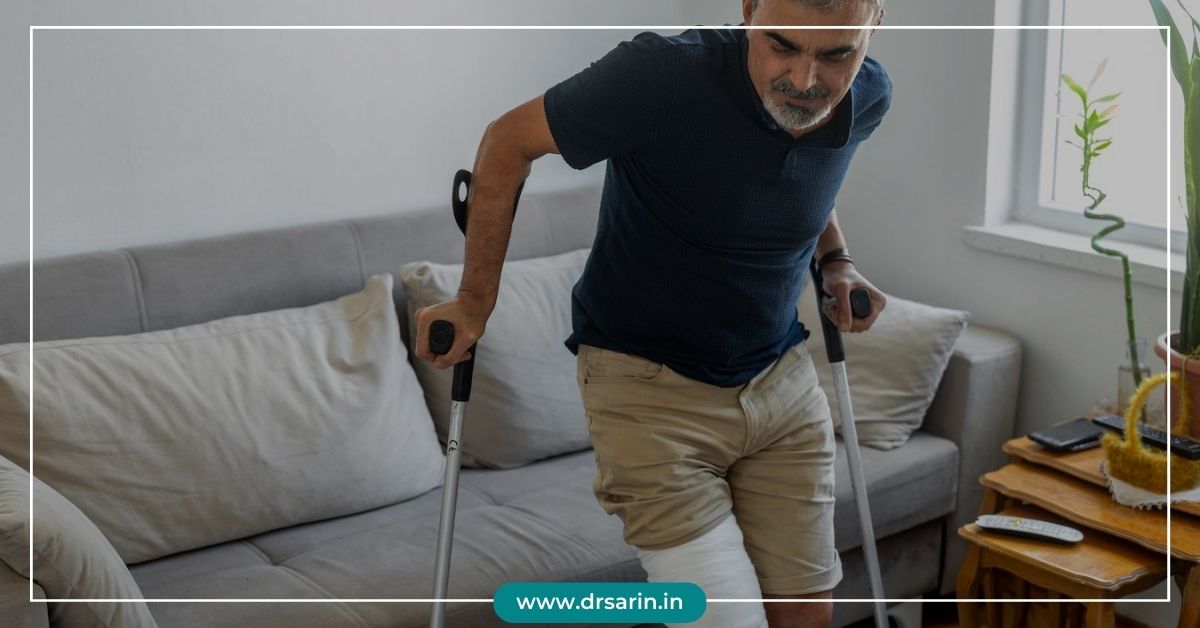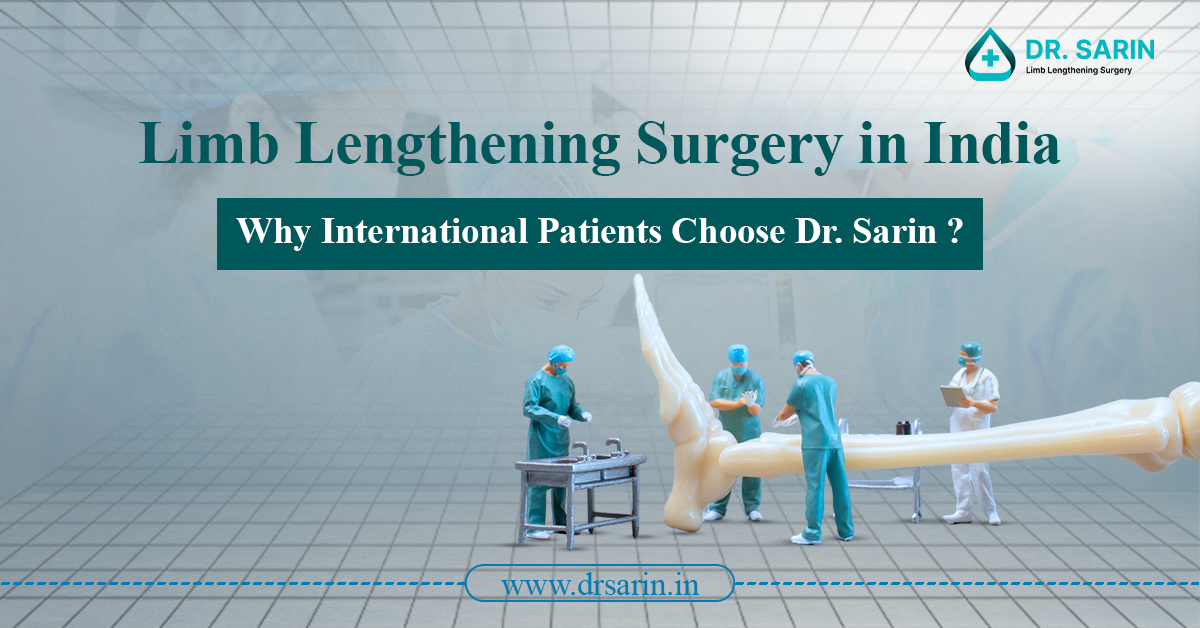Returning to work and resuming daily life after limb-lengthening surgery can be gradual but rewarding. This transformative procedure, often pursued by individuals seeking to address limb length discrepancies or achieve greater height, requires patience, dedication, and a comprehensive approach to rehabilitation. Understanding what to expect post-surgery and how to navigate the recovery period is crucial for a successful transition back to normalcy.
Immediately following limb-lengthening surgery, the focus lies on managing pain and ensuring the surgical site’s proper healing. Patients typically spend a few days in the hospital under medical supervision before transitioning to at-home care. During this initial phase, rest and adherence to the prescribed medication and physical therapy regimen are paramount.
Physical therapy plays a pivotal role in restoring mobility and strength as the weeks progress. Rehabilitation exercises are tailored to each patient’s specific needs, aiming to improve flexibility, regain muscle strength, and promote optimal function of the lengthened limb. Gradually, patients are encouraged to bear weight on the operated limb, initially with assistance and then independently, as their strength increases.
Returning to work after limb lengthening surgery is a milestone that demands thoughtful planning and consideration. The timeline for resuming work activities varies for each individual. It is influenced by factors such as the job’s nature, the surgery’s extent, and the progress made during rehabilitation. Sedentary jobs allow for a swifter return, whereas physically demanding roles necessitate a more extended recovery period.
Communication with employers is crucial to facilitate a smooth transition back to work. Discussing any necessary accommodations or modifications to workload or tasks can help create a supportive work environment conducive to the individual’s recovery. Some individuals may immediately return to work, starting with reduced hours or modified duties to ease back into their professional responsibilities.
Adapting to daily life post-surgery involves physical adjustments and psychological and emotional adaptation. Patience and self-compassion are essential as individuals navigate the challenges of relearning daily activities and adjusting to the changes in their bodies. It’s essential to follow the medical team’s post-operative care guidelines diligently. Attending follow-up appointments, adhering to the prescribed exercises, and maintaining a positive mindset are crucial aspects of the recovery journey.
In conclusion, Returning to work and daily life after limb lengthening surgery requires patience, perseverance, and a holistic approach to rehabilitation. With the guidance of healthcare professionals, a supportive environment, and dedication to the recovery process, individuals can gradually reintegrate into their routines, reclaiming their mobility and embracing the newfound possibilities the surgery brings.




